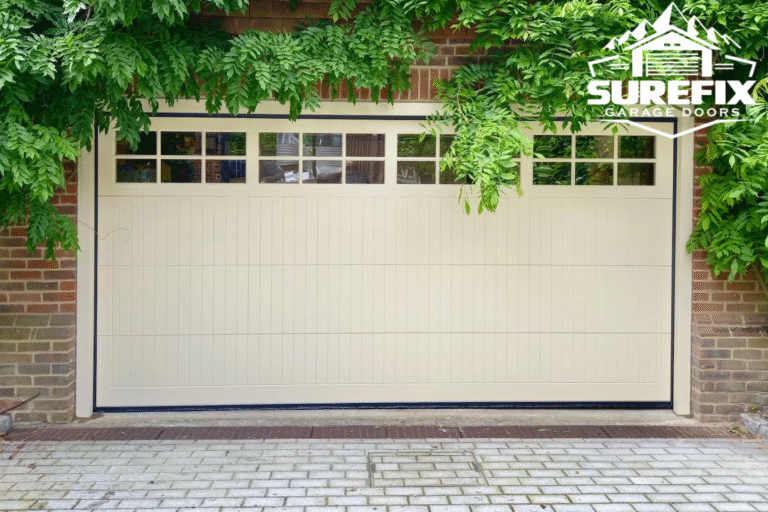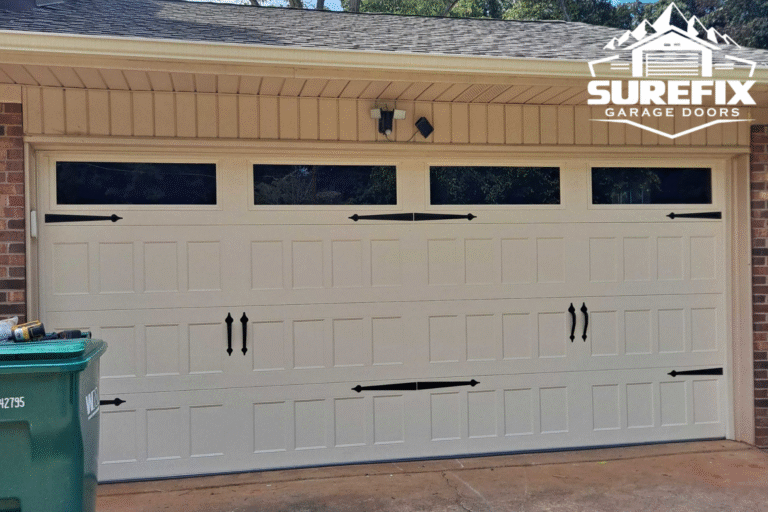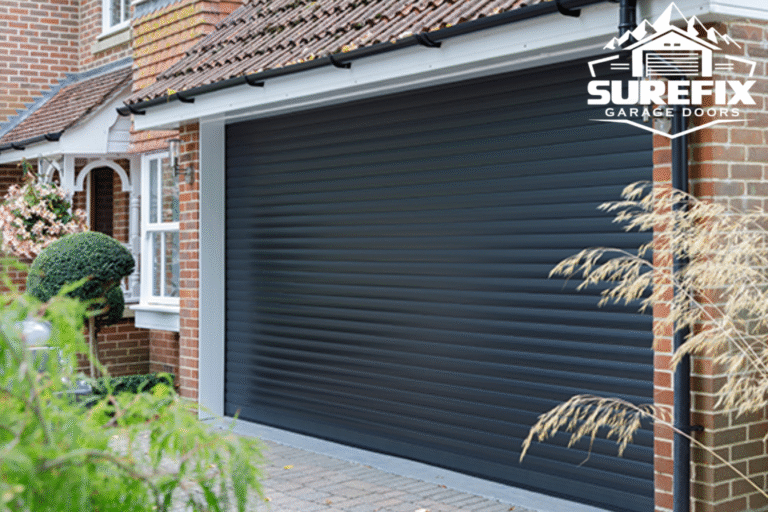Your garage door springs play a pivotal role in the smooth and safe operation of your garage door. They carry the weight of the door and help raise and lower it with ease. Over time, these springs can wear out due to constant use, environmental factors, and the natural tension placed on them. When they fail, it can lead to a malfunctioning garage door, leaving you stuck or, worse, facing expensive repairs.
In this homeowner’s guide, we will walk you through the signs that indicate your garage door springs need replacing. Recognizing these signs early can save you from costly repairs and ensure your garage door continues to operate safely. If you notice any of these signs, don’t hesitate to reach out for garage door repair Spanish Fork to get your garage door functioning properly again.
What Are Garage Door Springs?
Before we dive into the signs of faulty garage door springs, it’s essential to understand the two main types of springs used in garage doors:
1. Torsion Springs
Torsion springs are mounted above the garage door and use torque to lift and lower the door. These springs are tightly wound and are responsible for most of the lifting power of the door. Torsion springs typically last longer than extension springs, but they are still susceptible to wear and tear.
2. Extension Springs
Extension springs are located on either side of the garage door, stretching and contracting as the door moves. These springs are generally used in older garage door systems. They also help balance the weight of the door, but they can wear out faster than torsion springs.
Both types of springs are under immense tension, so if they break or malfunction, it can create safety hazards. Knowing when to replace them is key to maintaining your garage door’s functionality.
Common Signs Your Garage Door Springs Need Replacing
1. The Garage Door Won’t Open or Close Properly
One of the most obvious signs that your garage door springs are failing is if the door refuses to open or close properly. If the door moves sluggishly or only opens partway, the springs may not have enough tension to lift the door. In more severe cases, if one spring breaks, the door may be unable to move at all.
If you find yourself unable to open or close your garage door, it’s crucial to get the springs inspected and replaced before the issue worsens. Attempting to force the door open can cause further damage to the system.
2. The Garage Door Is Unbalanced
A balanced garage door should sit evenly when fully closed. If you notice that the door is tilted or crooked, it could be a sign that the springs are no longer functioning correctly. Springs work together to ensure the door stays balanced, and if one is weaker than the other, it can cause the door to hang unevenly.
You can perform a simple balance test by disconnecting the garage door from the opener (usually by pulling the emergency release cord) and manually lifting it halfway. If the door does not stay in place or is difficult to lift, the springs may be the cause.
3. Visible Signs of Damage
Inspecting the springs visually can help you identify whether they need replacing. If you notice visible damage, such as a gap between the coils of the spring, it’s a sign that the spring has lost its tension and is no longer able to function properly. For torsion springs, this could mean a break or crack in the spring itself. If you see any physical damage, it’s best to call a professional to replace the springs immediately.
In addition to visible gaps, rust and corrosion on the springs can also indicate that they’re nearing the end of their lifespan. Over time, exposure to moisture and fluctuating temperatures can weaken the metal, causing it to deteriorate.
4. Unusual Noises
If your garage door is making loud, unexpected noises, such as popping, squeaking, or grinding, this could indicate that the springs are worn out. Springs are under constant tension, and as they wear down, they can cause the door to move unevenly, creating more noise than usual.
While some noise is normal, particularly when the door is opening or closing, loud or irregular sounds should be inspected. Continuing to use a noisy garage door can lead to further damage to other components like the opener, tracks, and rollers.
5. The Garage Door Falls Quickly
If your garage door falls quickly after being released, it could be a sign that the springs are too weak to support the door’s weight. Springs control the speed at which the door closes, and when they lose their ability to hold the door in place, it can fall rapidly. This can be a significant safety hazard, especially if there are children or pets around.
If you notice that the door is falling faster than usual, it’s important to get the springs replaced before the door becomes a safety risk.
6. Frequent Need for Adjustment
If you find yourself constantly adjusting the garage door’s settings or calling for repairs because the door isn’t functioning properly, it could be a sign that the springs are wearing out. A well-maintained garage door should operate smoothly without requiring frequent adjustments. If the springs are not functioning correctly, it can throw off the door’s alignment and cause repeated malfunctions.
7. Your Garage Door Opener Is Struggling
The garage door opener is designed to help lift and lower the door, but it relies on the springs for most of the lifting power. If the springs are weak or broken, the opener may struggle to lift the door, or it may make a loud straining noise while trying to operate.
If your garage door opener is constantly working harder than usual or showing signs of wear, it may be because the springs aren’t doing their job. Replacing the springs can help restore the system’s balance and ensure that the opener operates efficiently.
What to Do If Your Springs Need Replacing
If you’ve identified any of the signs mentioned above, it’s time to contact a professional garage door technician. Replacing garage door springs is not a DIY job, as it involves handling high-tension components that can be dangerous if not properly handled. For professional help, consider reaching out for Spanish Fork garage door repair to ensure the job is done safely and efficiently.
A professional technician will be able to:
- Inspect the garage door springs and determine whether they need replacing.
- Replace the springs with the correct type and size for your door.
- Ensure that the door is balanced and operating smoothly.
- Check for other issues, such as worn-out rollers or misaligned tracks, that may need attention.
Why You Should Never Attempt to Replace the Springs Yourself
Garage door springs are under extreme tension, and attempting to replace them yourself can be incredibly dangerous. The springs can snap and cause serious injury if mishandled. Additionally, the garage door replacement Spanish Fork requires specialized tools and knowledge to ensure the door functions safely and properly.
It’s always best to hire a professional to replace your garage door springs and handle any other necessary repairs.

About Surefix Garage Doors
At Surefix Garage Doors, we are committed to providing top-quality garage door services, including repairs, installations, and spring replacements. Whether your springs are showing signs of wear or your garage door is malfunctioning, our team of experts is here to help. We serve residents and businesses in Spanish Fork and the surrounding areas with reliable, efficient, and professional garage door services near me.




